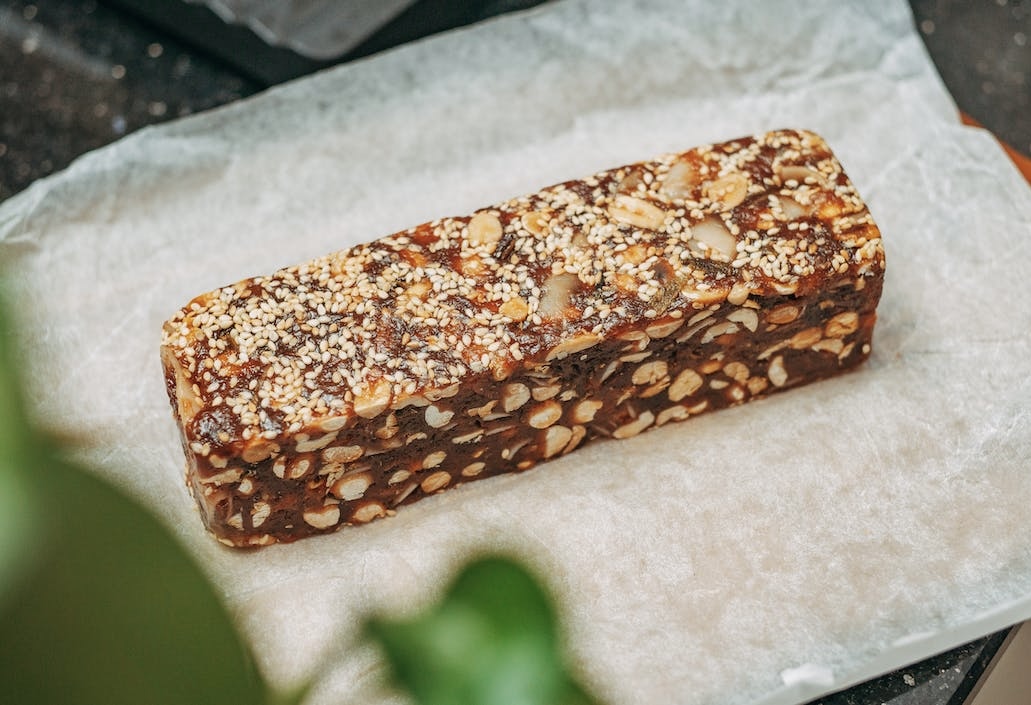Irrigation Systems: The Key to Efficient Water Management
Discover how irrigation systems are essential for efficient water management, optimizing resources and boosting agricultural productivity.

Introduction: The Role of Drip Irrigation in Water Conservation
Water is one of the most valuable resources in agriculture and landscaping. Without an efficient watering system, plants can suffer from under-watering or excessive moisture, leading to poor growth, soil erosion, and wasted resources. Drip irrigation has become one of the most effective solutions for precise water delivery, ensuring optimal hydration while conserving water.
With a drip irrigation system, water is delivered directly to the plant’s root zone through a network of tubes, emitters, and valves. This method minimizes water loss due to evaporation and runoff, making it a highly efficient and sustainable solution. As a result, many farmers, landscapers, and greenhouse operators are switching to drip irrigation for better crop yields and water conservation.
Understanding Different Irrigation Systems
A well-designed irrigation system is essential for proper water management in agriculture, landscaping, and gardening. There are several types of irrigation systems, each with unique advantages and applications.
1. Drip Irrigation System
A drip irrigation system is a highly efficient watering method where water drips slowly to plant roots through emitters. This system reduces water wastage and promotes deeper soil moisture penetration.
2. Sprinkler Irrigation System
An irrigation sprinkler system distributes water through high-pressure nozzles, mimicking rainfall. This system is commonly used for large fields, gardens, and sports fields, but it has higher evaporation rates compared to drip irrigation.
3. Surface Irrigation
This traditional method involves flooding the soil with water, allowing it to seep in naturally. While it is cost-effective, it is not as efficient as drip irrigation or sprinkler irrigation systems in preventing water loss.
4. Subsurface Irrigation
Water is delivered underground, close to plant roots. This method prevents evaporation but requires careful installation and maintenance.
5. Landscape Irrigation
Used in residential and commercial gardens, landscape irrigation systems include a combination of drip irrigation, sprinkler irrigation systems, and soaker hoses to maintain balanced moisture levels.
Benefits of Efficient Irrigation Systems
Choosing the right irrigation system helps in optimizing water usage, maintaining soil quality, and improving plant health. Here are some key benefits:
1. Water Conservation
A well-designed irrigation system minimizes water wastage by delivering precise amounts of water where needed. Drip irrigation systems are especially effective in reducing evaporation and runoff.
2. Increased Crop Yields
By providing consistent moisture, drip irrigation and irrigation sprinkler systems help plants grow healthier and produce higher yields.
3. Reduced Soil Erosion
Unlike flood irrigation, which can wash away nutrients, drip irrigation systems apply water gradually, preventing soil erosion and maintaining soil fertility.
4. Flexibility for Different Terrains
Whether on flat fields, hilly landscapes, or greenhouses, modern irrigation systems can be customized to suit different environments.
5. Time and Labor Savings
Automated irrigation systems reduce the need for manual watering, saving time and effort for farmers and landscapers.
Drip Irrigation vs. Irrigation Sprinkler System: Which is Better?
Both drip irrigation and irrigation sprinkler systems are widely used for watering plants, but they serve different purposes.
| Feature | Drip Irrigation System | Irrigation Sprinkler System |
|---|---|---|
| Water Efficiency | High (90% efficiency) | Moderate (50-70% efficiency) |
| Water Distribution | Direct to roots | Overhead spraying |
| Evaporation Loss | Minimal | High |
| Suitability for Slopes | Excellent | Poor |
| Maintenance | Low | Moderate to High |
While irrigation sprinkler systems are useful for large-scale watering, drip irrigation systems are the most water-efficient and sustainable option.
Setting Up an Efficient Irrigation System
1. Planning the Layout
- Identify the areas that require irrigation.
- Determine the best placement for pipes, emitters, or sprinklers.
2. Choosing the Right Components
- Mainline tubing: Distributes water from the source.
- Emitters: Control the flow of water in drip irrigation systems.
- Sprinkler heads: Disperse water in irrigation sprinkler systems.
- Filters: Prevent debris from clogging the system.
- Timers and regulators: Automate watering schedules for efficiency.
3. Installing the System
- Lay out the tubing or sprinkler pipes.
- Connect the system to a water filtration unit to ensure clean water.
- Adjust the emitters or sprinkler nozzles for optimal coverage.
- Test and fine-tune the system as needed.
Water Filtration and Drainage Systems for Better Irrigation
The Importance of Water Filtration
A water filtration system is essential in drip irrigation systems to prevent clogging. Filters remove dirt, algae, and debris, ensuring uninterrupted water flow.
Drainage Systems for Water Management
Proper drainage is crucial to prevent waterlogging and soil erosion. Common drainage systems include:
- Surface Drainage: Channels excess water away from fields.
- Subsurface Drainage: Removes excess moisture from the root zone.
- Slope Drainage: Directs water away from sloped landscapes.
Combining drip irrigation, water filtration, and drainage systems enhances the overall efficiency of any irrigation system.
Irrigation Systems for Greenhouses
A greenhouse provides a controlled environment for plant growth, and the right irrigation system is key to maintaining proper humidity and moisture levels.
Why Drip Irrigation is Ideal for Greenhouses
- Provides consistent hydration to plants.
- Prevents overwatering and root rot.
- Reduces water waste through precise delivery.
- Works well with automated water management systems.
Using drip irrigation in a greenhouse ensures that plants receive the right amount of moisture without excess water loss.
Conclusion: Irrigation Systems for a Sustainable Future
Efficient irrigation systems are crucial for water conservation and sustainable farming. While irrigation sprinkler systems are widely used for large-scale watering, drip irrigation systems remain the most effective for precise water management.
By integrating drip irrigation, water filtration, and drainage systems, farmers, landscapers, and greenhouse operators can ensure long-term sustainability, improved yields, and responsible water management in a greenhouse or outdoor environment.
What's Your Reaction?






















